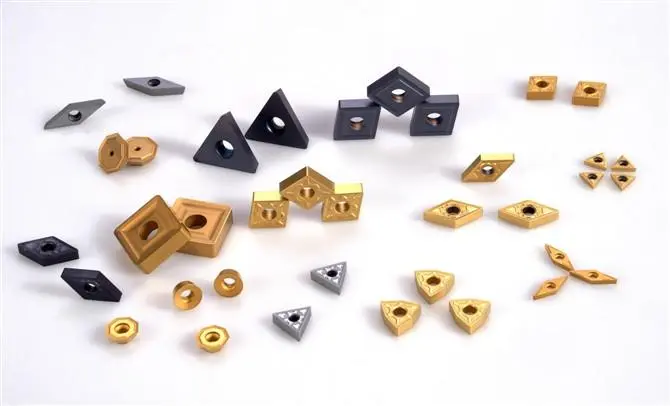What Are the Considerations for Choosing the Right CNC Equipment to Process Carbon Fiber Plates?

Carbon fiber plates pose unique challenges for CNC machining compared to traditional materials like metal. Here's what to consider when choosing the right CNC equipment:
l Machine Rigidity: Carbon fiber is a stiff but relatively brittle material. High machine rigidity is crucial to minimize vibrations during cutting, which can cause delamination (separation of layers) or chipping. Look for a CNC machine with a robust frame and high-quality linear rails.
l Spindle Power and Speed: You don't necessarily need a high-powered spindle for carbon fiber, but sufficient torque is essential to maintain consistent cutting speeds. Speeds too high can generate excessive heat, damaging the resin and weakening the composite. Adjustable spindle speeds allow you to match the cutting parameters to the specific carbon fiber plate thickness and resin type.
l Tooling Selection: Diamond-coated cutting tools are the preferred choice for carbon fiber due to their exceptional wear resistance and ability to maintain a clean cut. Consider using specific tools for roughing and finishing passes. Ball nose end mills are often used for creating curved edges.
l Dust Collection System: Machining carbon fiber generates a significant amount of fine dust, which can be harmful if inhaled. A high-efficiency particulate air (HEPA) filtration system is essential to ensure a safe working environment.
l Vacuum Table: A vacuum table helps to secure the carbon fiber plate during machining, minimizing vibration and improving cutting accuracy.
- Art
- Causes
- Crafts
- Dance
- Drinks
- Film
- Fitness
- Food
- Jocuri
- Gardening
- Health
- Home
- Literature
- Music
- Networking
- Alte
- Party
- Religion
- Shopping
- Sports
- Theater
- Wellness


